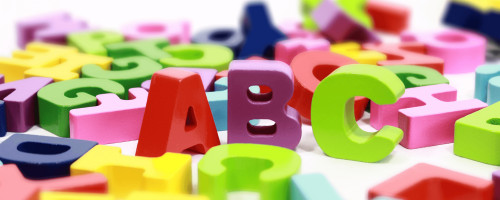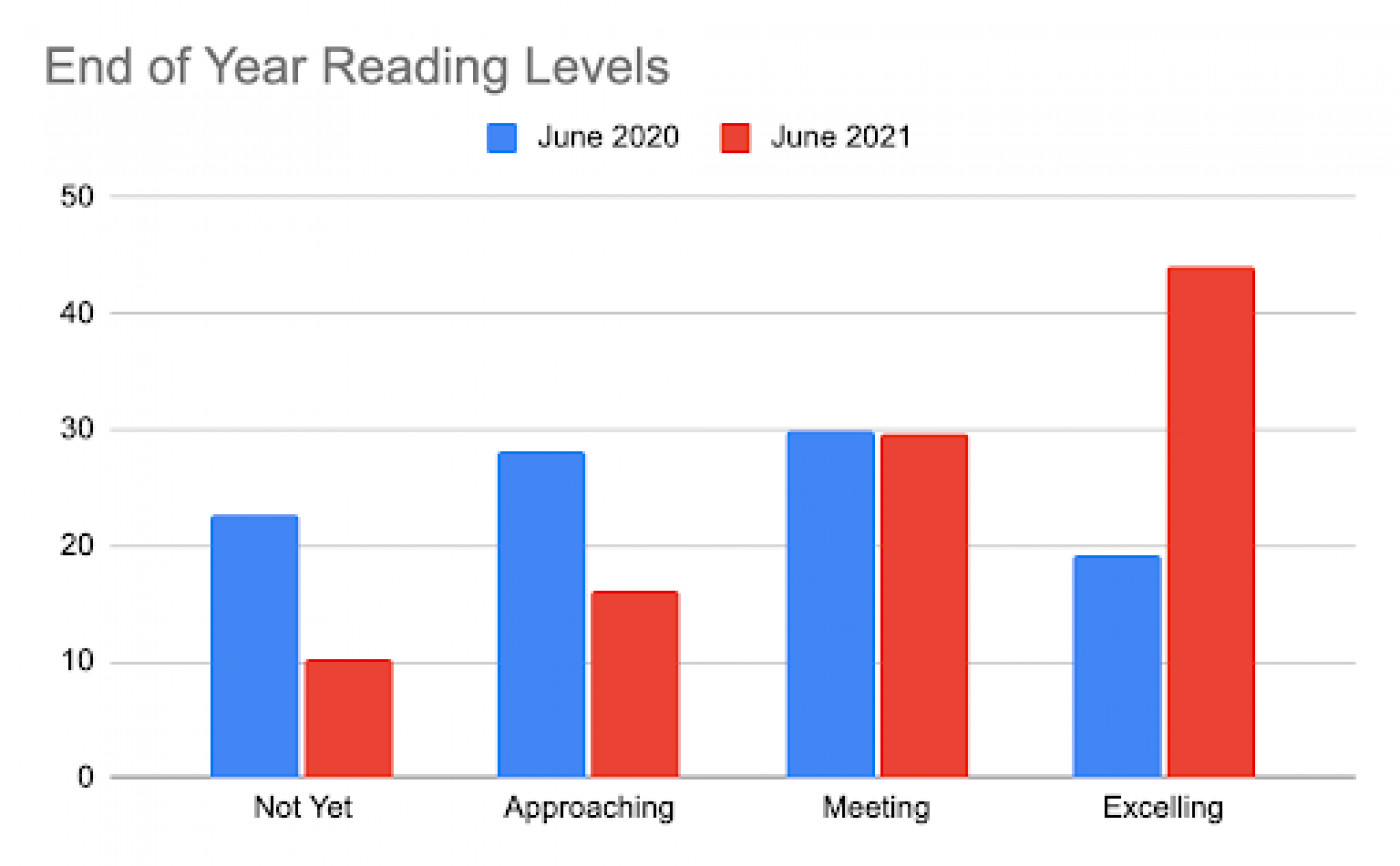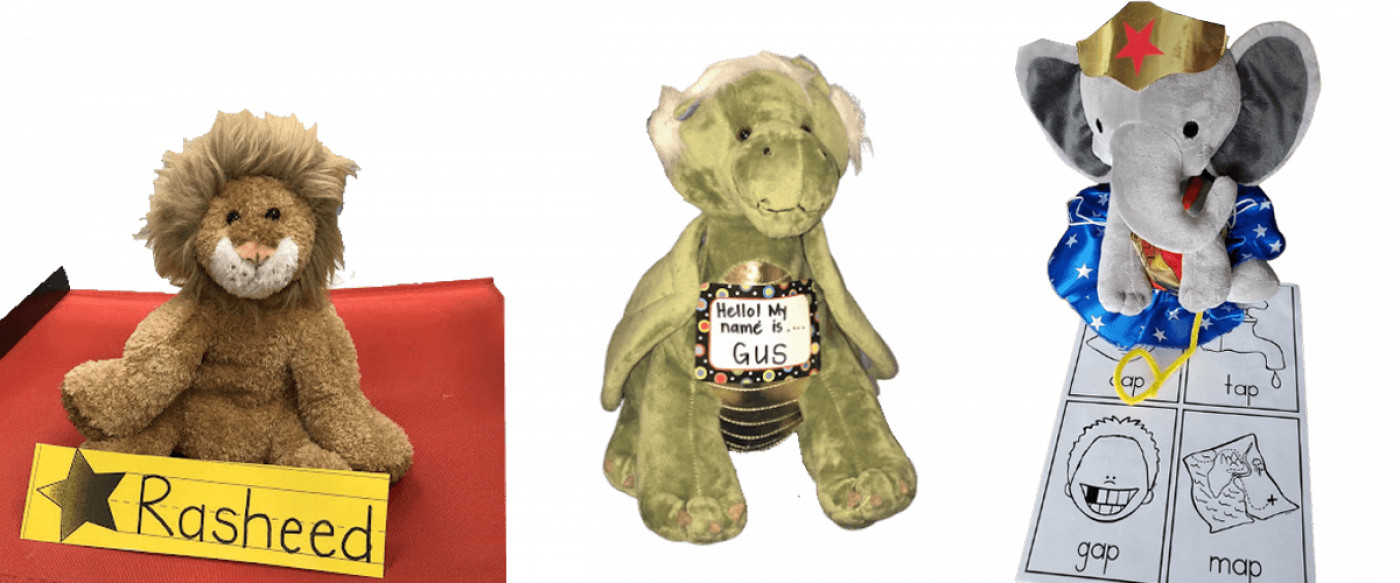
The A, B, C's Of Phonics
Phonics is the relationship between sounds and symbols for the purpose of reading and spelling. For example, there are 44 phonemes (the smallest measurement of sound in words) in English, and they are represented by 26 letters in various combinations. While phonics instruction is not meant to be a reading instruction program, it is an integral part of a balanced literacy program.
In the 2020-21 school year, we made a significant change to our literacy program in grade one. We piloted the TCRWP (Teachers College Reading and Writing Project) phonics program. This program is highly revered, based on reputable educators' sound research, and comes from Columbia University in New York City.
Last year, our first-grade teachers taught all of the kindergarten and first-grade phonics TCRWP units to see if this program would be a good fit for our students.
We used data throughout the year to discern its effectiveness and were amazed by the results. I wanted to share some of the results with you here:
2019 to 2021 Grade 1 Results
Here are the results of our grade 1 cohorts in the 2019-20 school year (blue) and the 2020-21 school year (red). These two graphs show our students’ reading levels at the end of each year.

The grade 1 students in the 2019-20 school year used the TCRWP Reading and Writing Workshop program (but no phonics).
The grade 1 students in the 2020-21 school year used the TCRWP Reading, Writing AND PHONICS programs.
As you can see, the difference is considerable.
Several principles guide the TCRWP phonics program:
Phonics must be transferred.
Phonics instruction does little good if students aren’t taught how to use what they’ve learned in their reading and writing. TRANSFERENCE IS KEY. Our teachers are given tools to teach their students that the transfer of skills (in phonics, reading, and writing) is always the point of learning a new literacy skill. For example, students are taught the knowledge of digraphs and blends. Still, they are given strategies to draw on this knowledge and apply it to their reading and writing. For example, students can know how two consonants blend (like bl or br) to produce the “bl” and “br” sounds. But, if they aren’t taught how to listen to these blends when reading or how to say the words slowly to hear when to use the blends in their writing, then the knowledge isn’t being applied and therefore is not as valuable. Just knowing how to blend sounds is not the key. They need to know how to do this and then recognise this in print (their own included).
Decades of research and practice set the foundation for what is taught and how it is taught.
The program draws on decades of research.
Students will first develop phonological and phonemic awareness skills.
Students learn how to segment words first into phonemes and then blend those phonemes into words.
At the same time, they begin to learn the alphabet and how to recognise, say, and adequately form letters.
Word families such as -at (rat, cat, hat) are introduced, and as phonics work deepens, students begin to understand vowels and the different sounds vowels and vowel pairs produce.
Consonant blends, r-controlled vowels, digraphs (letter pairs), trigraphs (groups of 3 letters) are also taught.
The concepts are then spiralled to help students constantly learn and relearn skills to apply to their reading and writing.
This work supplements reading and writing; it does not replace them.
The TCWRP philosophy's heart is that phonics, reading, and writing should be taught simultaneously.
Phonics instruction should be lean and purposeful, taking up only about twenty minutes a day (while reading and writing are practised for much longer).
The children are being taught skills and then are given ample time to practice those skills.
Our teachers do an excellent job of infusing reminders, extensions, and additional practice times into other subjects throughout the day.
Songs and chants are revisited throughout the school day.
The children are given opportunities to circle back to previous concepts.
Worksheets are not necessary.
Instead, the program focuses on games, songs, and imaginative play. We know that the best way to engage children is to stay away from boring, rote instruction. This phonics program uses mascots (Mabel the elephant in Kindergarten) (Rasheed the lion in Grade 1) and (Gus the dragon in Grade 2). These fun mascots ask the students to help them with many problems they are having, and our students are (of course) always keen to do so. This method of studying phonics is engaging. I’ve been in many grade 1 phonics classes, and each and every one has been exciting and fun!

The phonics units of study help ensure that all students can make significant growth appropriate to their circumstances.
Choice is always at the forefront of the programming we use, and students are encouraged to find the ways that work best for them to demonstrate their knowledge.
This program aligns beautifully with what we are teaching our students in reading and writing.
Introducing the phonics units of study has added value to our literacy instruction here at The International School of Macao. So much so that this year Senior Kindergarten and the Grade 2 team have now started to use the program. We are excited to see the growth our students continue to experience because of this valuable addition to our programming.
Please reach out if you have any questions at all about literacy instruction in grades 1-6.



